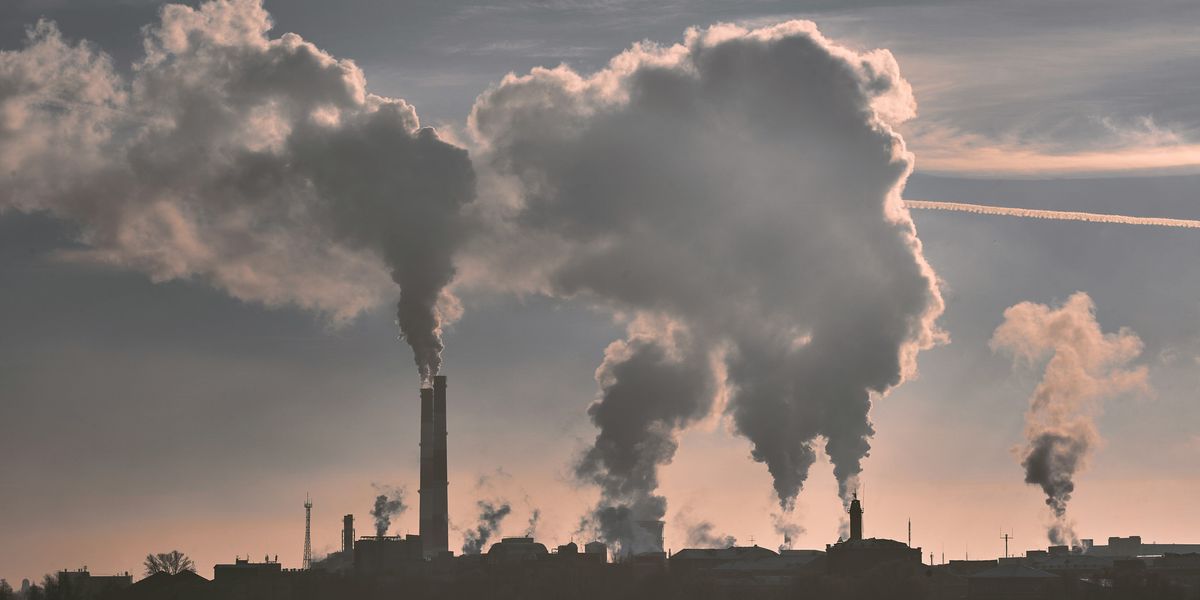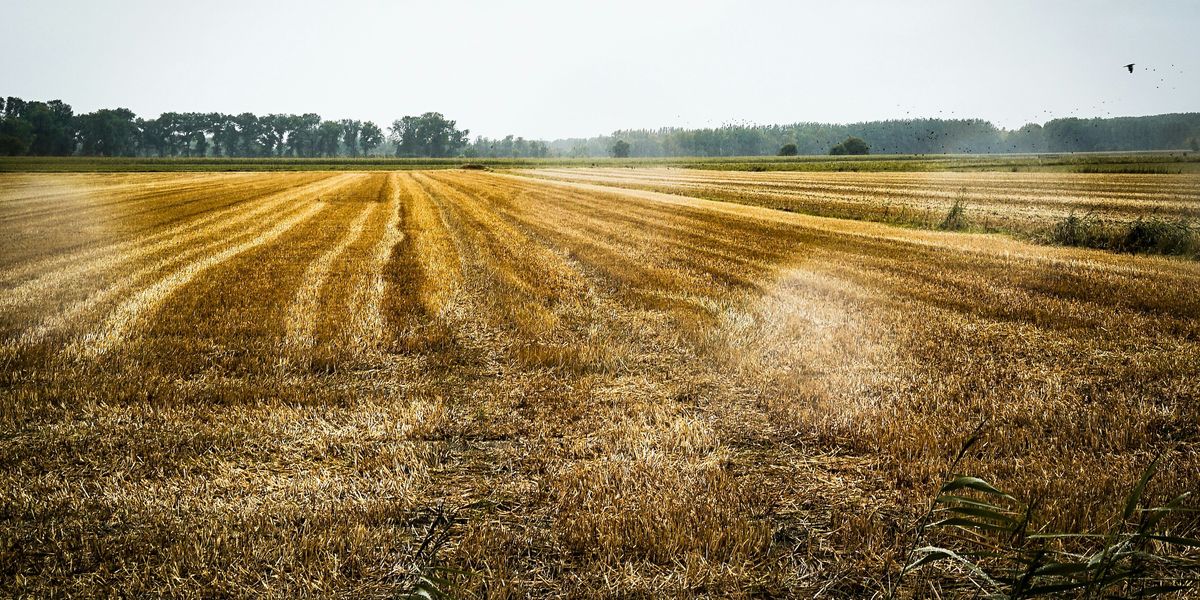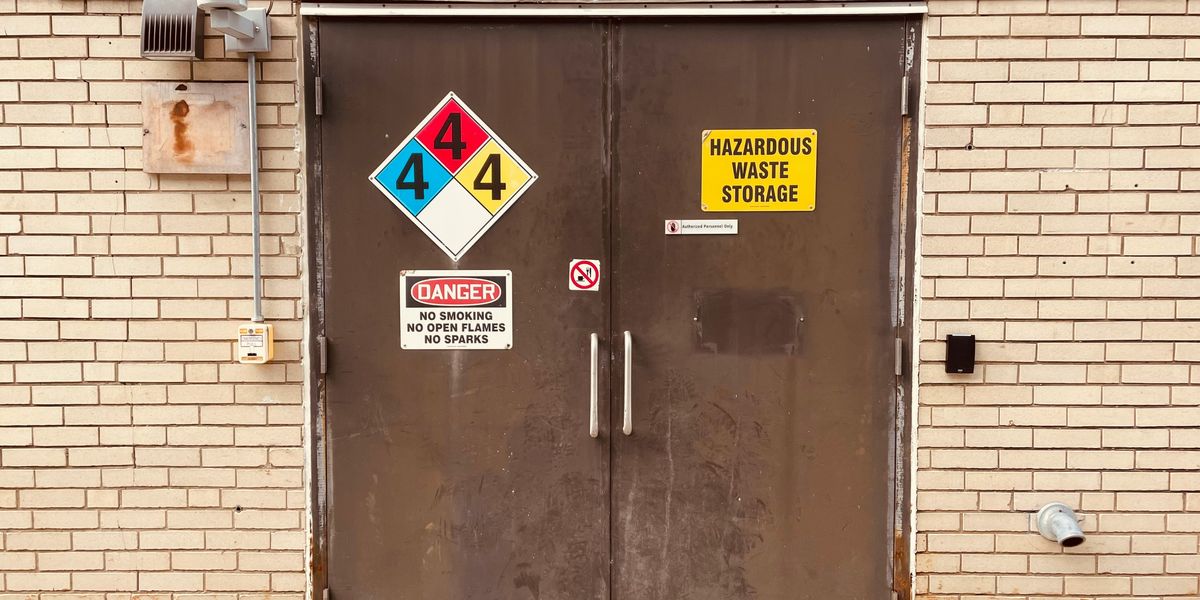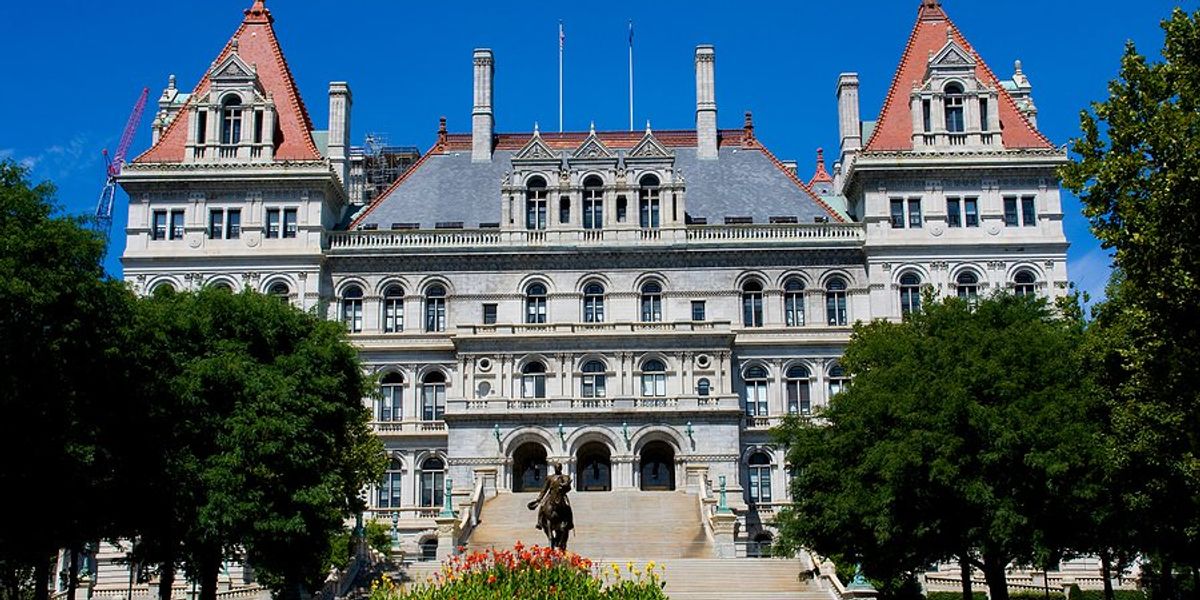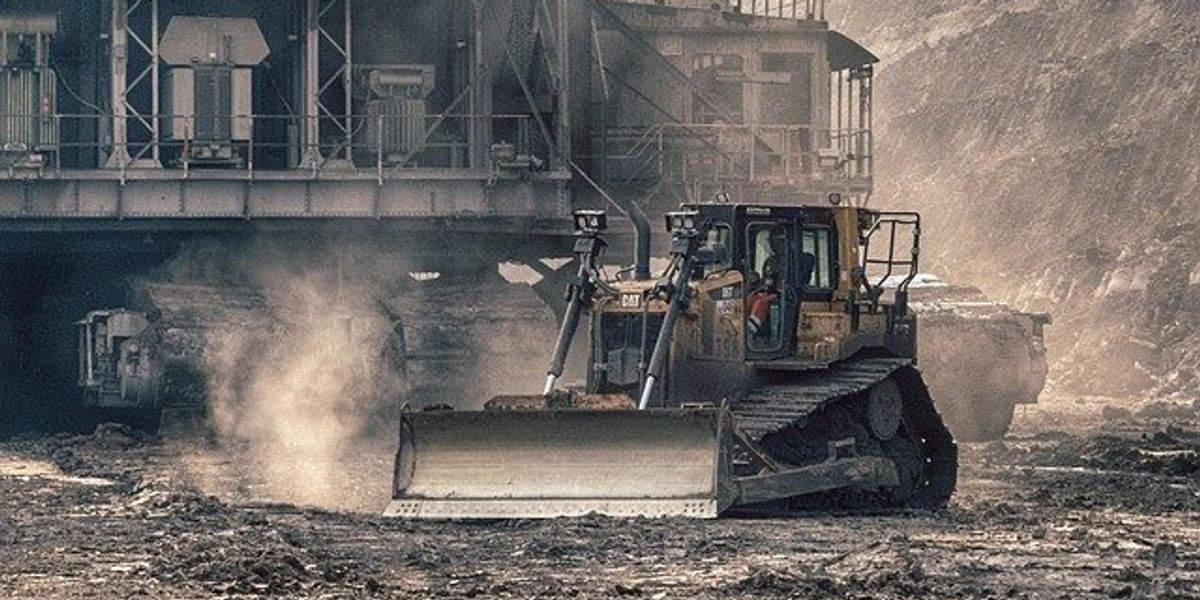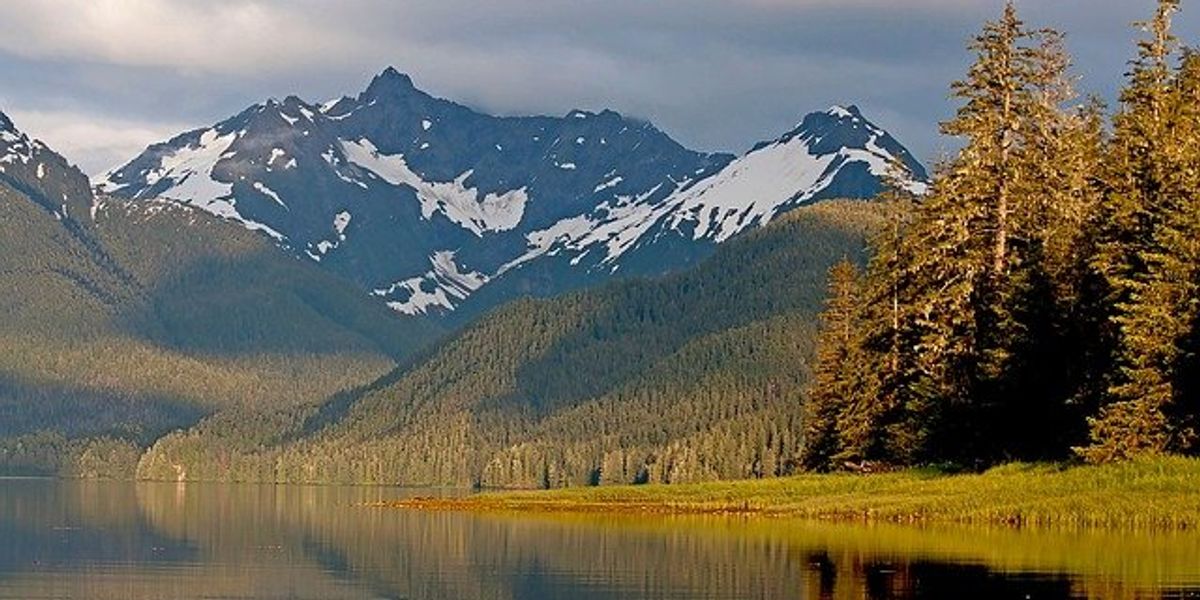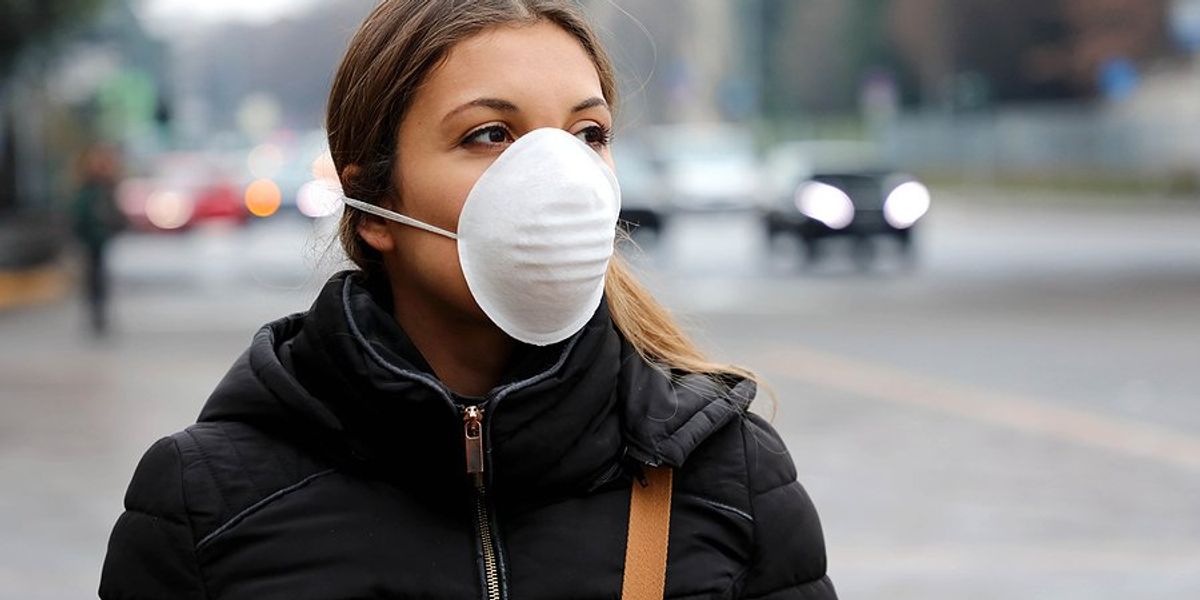
Climate-driven wildfires may be fueling the spread of respiratory disease in the U.S. West
Wildfire smoke is pushing people indoors across Oregon and Washington, where researchers say the shift in behavior may be accelerating the spread of fast-moving infectious diseases like COVID-19 and the flu.
Sharon Udasin reports for The Hill.
In short:
- Researchers found that during the 2020 wildfire season, indoor activity rose by over 10% in parts of Oregon and Washington as people avoided smoke-filled air.
- The increased time spent indoors correlated with spikes in respiratory disease transmission, particularly for viruses with short incubation periods.
- Even a 10% increase in mask-wearing indoors could reduce transmission, but higher compliance would be needed to significantly cut risk.
Key quote:
“Our findings show that wildfires led to a dramatic increase in indoor activities, creating the ideal conditions for respiratory diseases such as influenza to spread.”
— Giulia Pullano, public health researcher at Georgetown University
Why this matters:
Climate change is lengthening and intensifying wildfire seasons in the American West, sending up plumes of smoke that drive people inside to escape harmful air. But crowded indoor spaces can worsen the spread of viruses, especially fast-acting ones like influenza and COVID-19. This shift creates a feedback loop: Extreme weather disrupts daily life, and the ways people adapt — by staying indoors — carry their own health consequences. As smoke events become more frequent, the overlap between environmental hazards and infectious disease risks will likely grow, adding new complexity to public health planning. The study highlights how climate change can amplify threats in less obvious but deeply consequential ways.
Related: Climate change-linked wildfire smoke blamed for thousands of U.S. deaths and billions in damages

